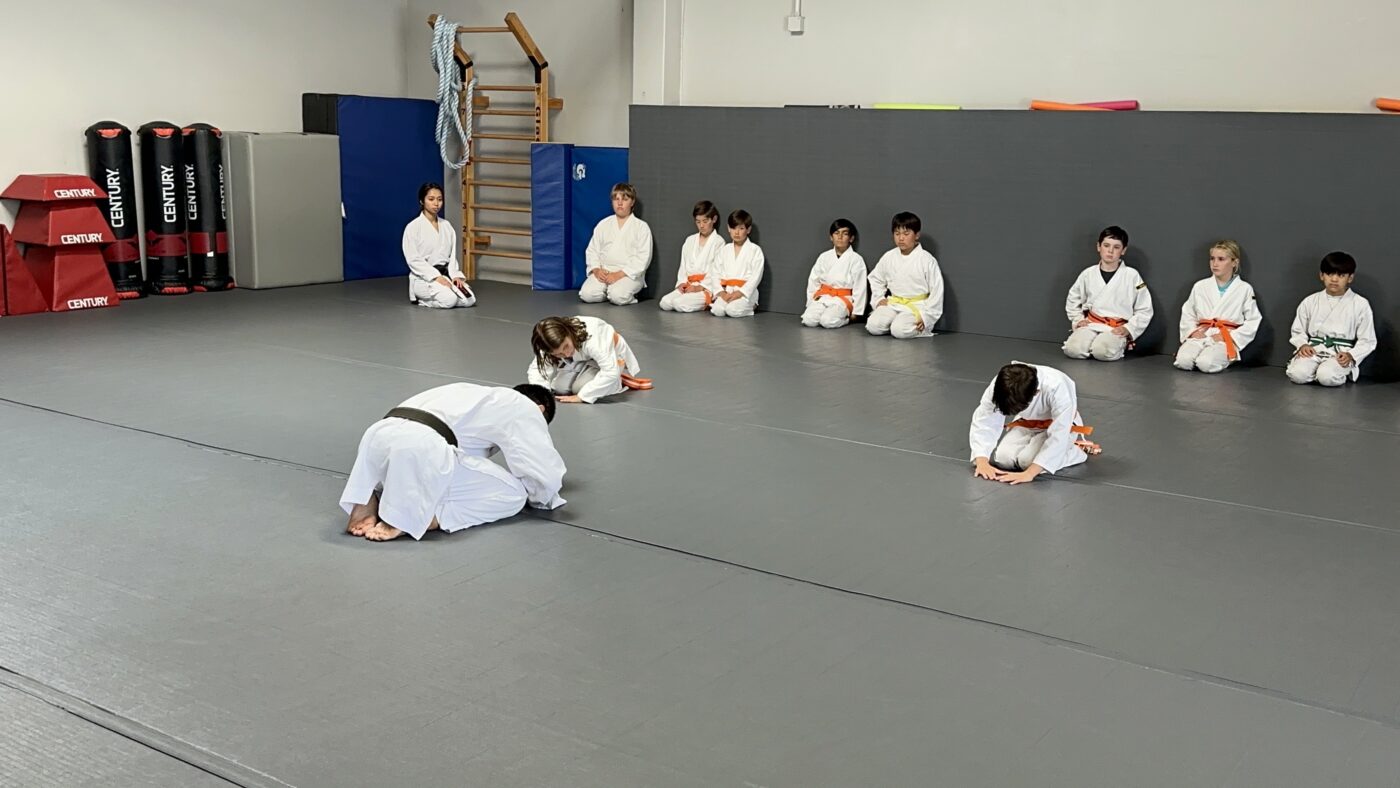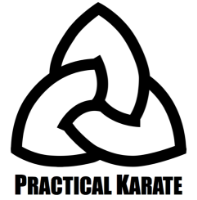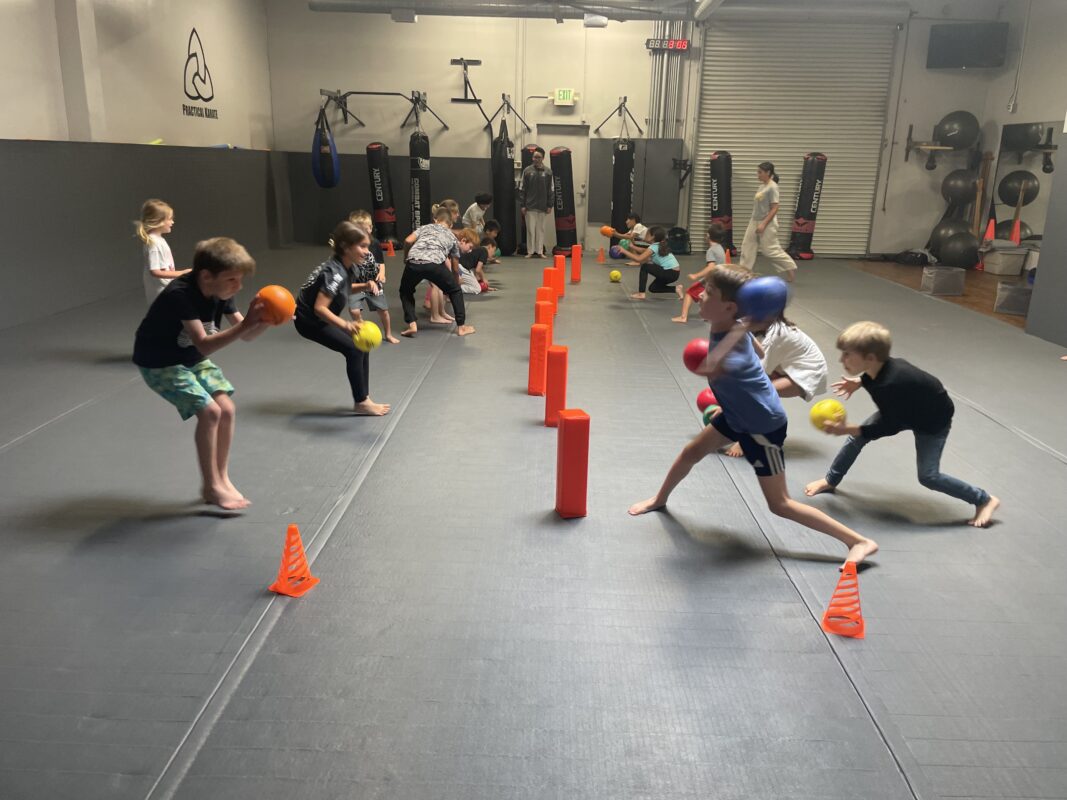Karate
The Importance of Distributed Practice Over Mass Practice in Learning Skills
When it comes to mastering new skills, whether it’s learning a language, playing an instrument, developing athletic ability, or improving academic performance how you practice is just as important as how much you practice. One of the most well supported findings in cognitive psychology and educational research is the superiority of distributed practice over mass practice. Also known as “spacing” versus “cramming,” these two strategies represent fundamentally different approaches to skill acquisition and long-term retention.
This article explores why distributed practice leads to deeper learning, greater retention. With more sustainable progress compared to mass practice, which tends to result in shallow understanding and short lived gains.
Understanding Distributed vs. Mass Practice
Mass practice refers to doing a lot of practice in one sitting, such as studying for five hours the night before a test or rehearsing a piano piece repeatedly in a single afternoon. While this might lead to quick familiarity or short-term gains, the benefits are often temporary. The learner may perform well the next day, but the knowledge or skill fades quickly.
Distributed practice, on the other hand, spreads learning over multiple sessions with rest intervals in between. For example, practicing for one hour a day across five days rather than five hours in one day. This approach enables the brain to consolidate learning during breaks, resulting in more enduring knowledge and skill retention.
The Science Behind Distributed Practice
Decades of research in cognitive science support the benefits of distributed practice. One of the core reasons for its effectiveness is that spacing allows for memory consolidation. During rest intervals, the brain strengthens neural connections related to the material, often during sleep. Each time the material is revisited, the brain retrieves it and reinforces the pathways that store it, making it easier to recall in the future.
Moreover, spaced sessions force learners to reconstruct the skill or concept from memory, thereby strengthening their learning. This effortful retrieval—sometimes called “desirable difficulty”—helps encode information more deeply.

Applications Across Different Skill Types
1. Academic Learning
In educational settings, distributed practice consistently outperforms mass practice, also known as cramming. Students who study material over a series of shorter sessions retain significantly more information for longer periods. For example, studying vocabulary for 20 minutes over four days is more effective than studying for 80 minutes in one sitting.
This is particularly true when preparing for cumulative exams. Cramming might lead to decent performance on a quiz the next day, but for long-term understanding as required in subjects like math or science only spaced repetition ensures retention.
2. Physical Skills and Athletics
Athletes, dancers, and martial artists benefit immensely from distributed practice. Repeating a skill like a karate kick or tennis serve endlessly in a single session can lead to fatigue and sloppy execution. In contrast, shorter, focused sessions over time promote muscle memory and improve precision.
Practicing in shorter intervals also allows time for reflective adjustment. The athlete can reflect on what went well and what needs refinement, returning to the task with a fresh focus and new strategies.
3. Music and Performing Arts
Musicians who space out their practice sessions often report more meaningful progress than those who cram their sessions. Distributed practice prevents burnout, helps develop fine motor skills, and supports artistic expression. Even brief daily practice done consistently is more effective than long sessions once or twice a week.
Each return to the instrument reactivates learning and builds confidence. More importantly, practicing across different days exposes the learner to various mental and physical states, which increases versatility and resilience.
4. Language Learning
Language acquisition is one of the clearest examples of how distributed practice works. Memorizing vocabulary or grammar rules in one marathon session might help for a test, but retention drops dramatically in the days that follow.
Spaced repetition systems (SRS), such as flashcard apps like Anki, are specifically built around distributed practice. They schedule reviews of information just before it’s predicted to be forgotten, optimizing recall and minimizing wasted time.
Cognitive and Psychological Benefits
- Improved Retention and Recall: Distributed practice strengthens neural pathways through repeated activation and reinforcement, enhancing memory and recall. Each session builds upon the last, resulting in more durable learning.
- Better Focus and Less Fatigue: Shorter, spaced sessions reduce mental fatigue. Learners can concentrate better during brief sessions, and they return to the task refreshed and ready to improve.
- Increased Motivation and Confidence: Seeing consistent, gradual improvement over time fosters a sense of accomplishment. Learners who space their practice often feel less overwhelmed and more in control of their progress.
- Encourages Metacognition: With breaks between practice sessions, learners are more likely to reflect on their learning, identify what is working, and adjust their strategies accordingly.
Common Barriers to Distributed Practice
Despite its advantages, many learners still default to mass practice. Why?
- Time pressure: People often wait until the last minute, leading to cramming.
- The illusion of mastery: Mass practice can create a false sense of proficiency because learners perform well immediately after practice. However, this performance doesn’t equate to long-term learning.
- Habit and culture: Many people are used to cramming or long practice sessions and haven’t been trained in effective study habits.
Strategies to Implement Distributed Practice
- Plan Ahead: Use a calendar or planner to schedule practice or study sessions in advance, spreading them across several days or weeks.
- Use Spaced Repetition Tools: Apps like Anki, Quizlet, or Brainscape automatically space content reviews based on how well you remember them.
- Short, Regular Sessions: Aim for 20–60 minutes of focused practice, followed by a break or a change in task. Daily or near-daily engagement is ideal.
- Mix It Up (Interleaving): Combine distributed practice with interleaving—practicing multiple related skills or subjects in the same session—to enhance adaptability and problem-solving.
- Reflect and Adjust: After each session, jot down what worked, what didn’t, and what you want to focus on next time.
Learning a new skill whether mental or physical is a marathon, not a sprint. Mass practice can create the illusion of quick progress, but it often collapses under the weight of time. Distributed practice, on the other hand, fosters true mastery through repeated, meaningful engagement with the material.
In a world that often rewards speed and short-term results, the discipline to spread out practice may seem counterintuitive. But for anyone serious about learning deeply and performing consistently, distributed practice is not just more effective it’s essential.
The next time you’re tempted to cram before a big performance, test, or competition, remember: steady and spaced wins the race.


